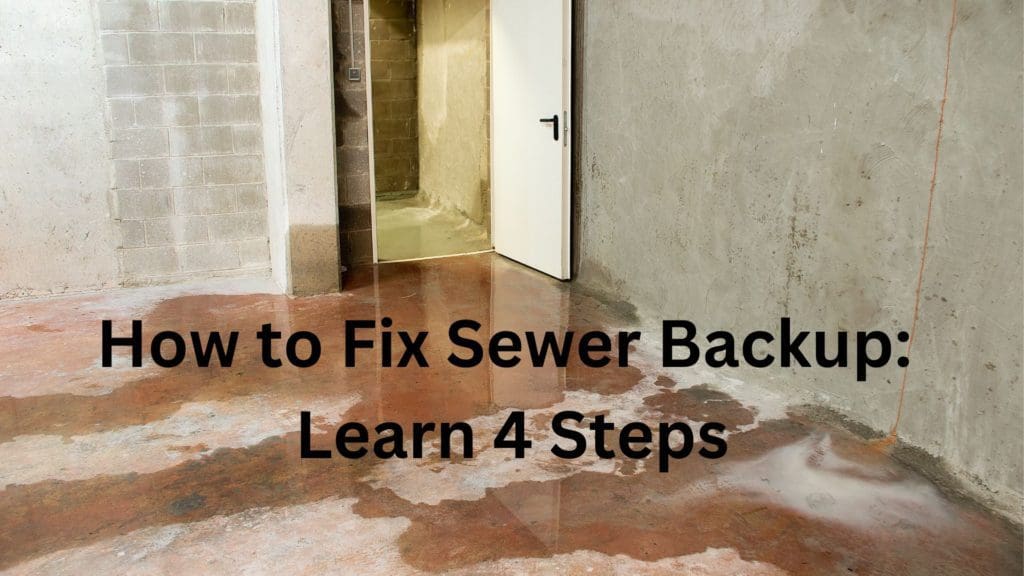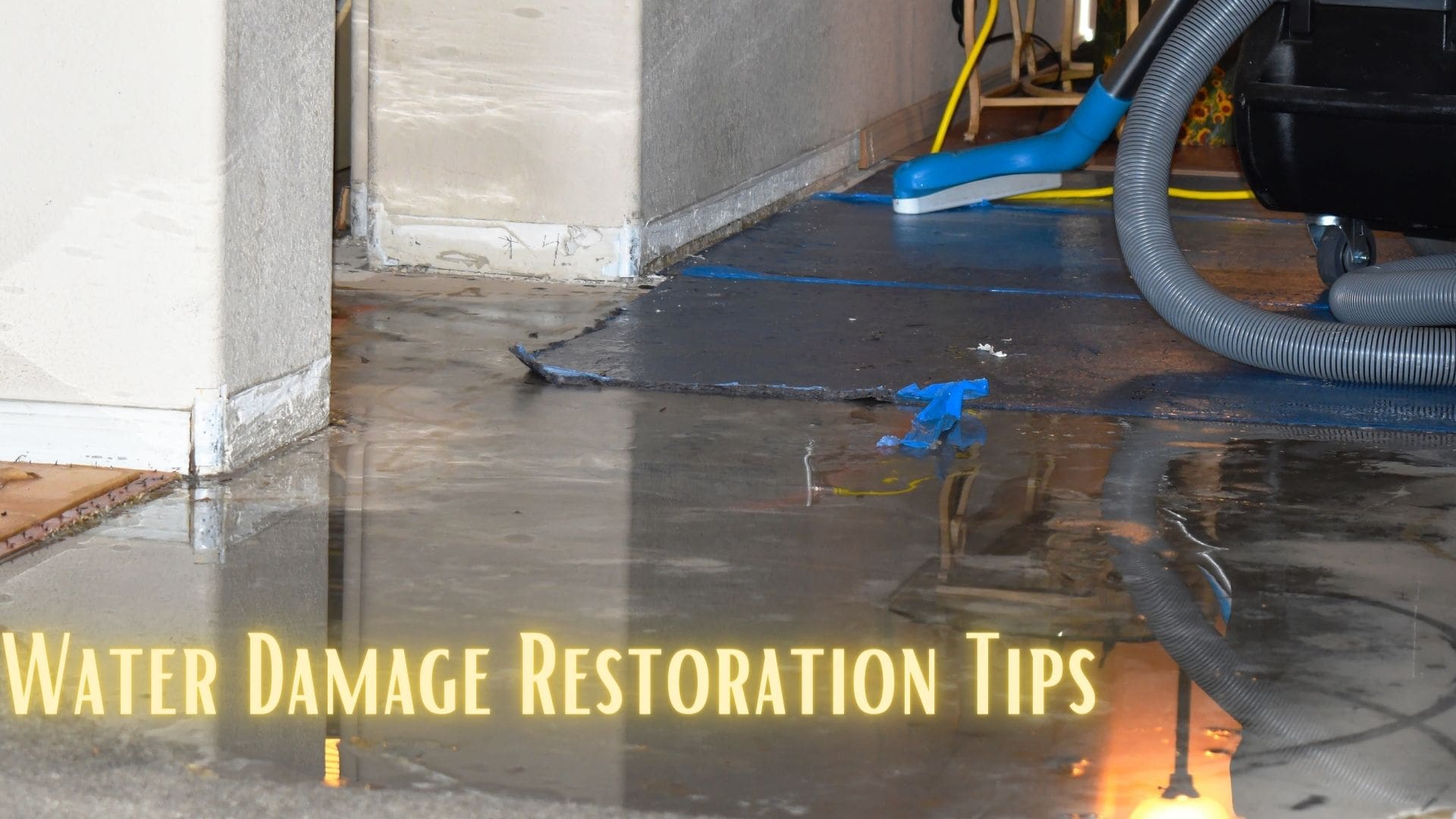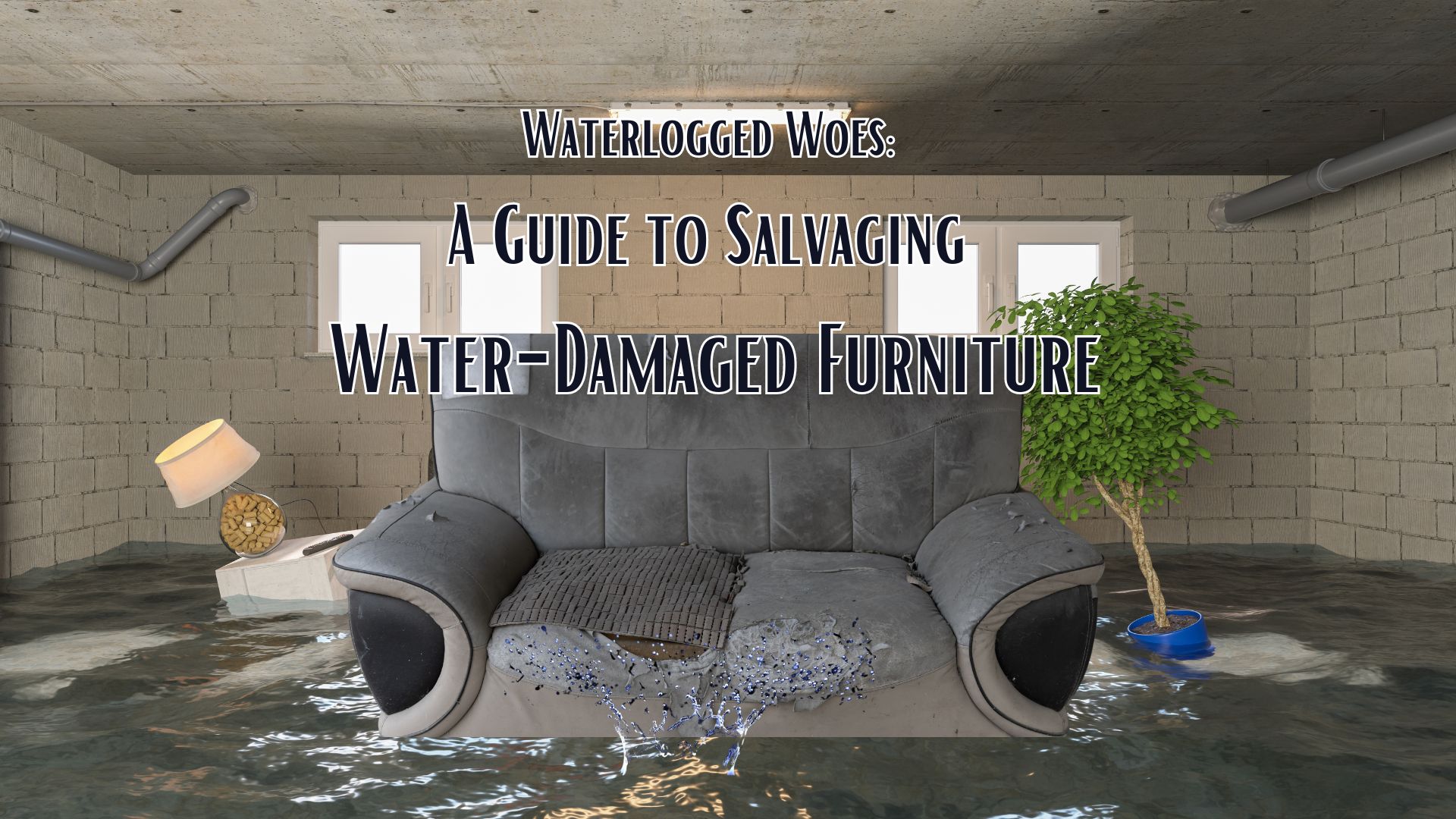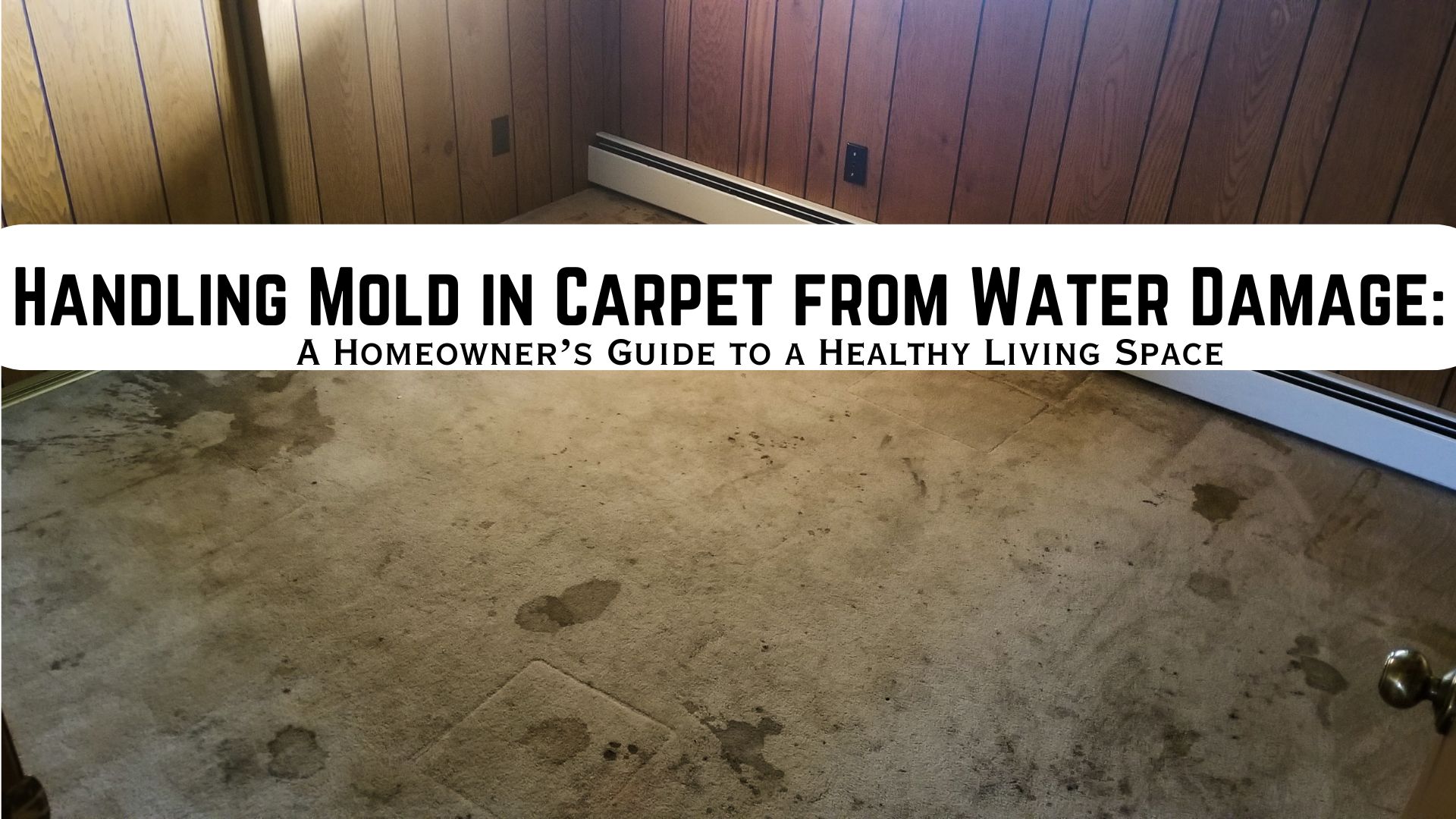How to Fix Sewer Backup: Signs of a Sewage Backup
The first step in fixing a sewer backup is to identify the signs of the problem. Here are some common indicators of a sewage backup:
- Slow-draining sinks, showers, and tubs
- Gurgling noises in pipes or drains
- Foul odor coming from drains
- Water backup in toilets or drains
If you notice any of these signs, it’s crucial to act fast and call a licensed plumber to address the issue.
Sewage Backup Causes
- Clog in the sewer system: Grease, hair, diapers, tree roots, and other things you flushed down the toilet. Calls can of course be created by vandalism as well.
- Aging sewer systems: many older properties have planning that dates back quite a few years possibly even to when it was constructed. Usually, these systems are made of metal piping, which will deteriorate over time and will commonly burst.
- Problems with sanitary main pipeline: if something happens with the municipal water system and they do not attempt to sewage Backup into residential and commercial buildings. Sometimes this is due to insufficient system capacity.
- Construction accidents: often construction happening several houses away or further can cause a pace to break especially when using digging equipment.
- Combined pipelines: some systems use a combination of water and waste pipelines that run together. When you have heavy rain or flooding or great pressure on the system the pipes cannot contain the flow and it starts to back up in homes and businesses.
Sometimes it can be prevented, often it cannot be prevented but being prepared is the best thing. If you know who to call in an emergency then you will know how best to deal with the situation when it arises.
How to Fix Sewer Backup: Prevent Sewage Backup
Prevention is always better than cure, so here are some tips on how to fix sewer backup and how to prevent it:
- Avoid pouring oil or grease down the drain
- Dispose of paper towels and other non-degradable materials in the trash can
- Use toilet paper that is labeled “septic safe”
- Regularly inspect and clean out your drains
- Avoid planting trees or shrubs near the sewer line to prevent tree roots from penetrating the pipes
- Install a backwater valve to prevent excess water from flowing back into your home
How to Fix Sewer Backup: Check Out These Steps
If you have a sewage backup despite taking preventative measures, it’s time to fix the problem. Here are some steps you can take on how to fix sewer backup:
Step 1: Call a Professional Plumber
While there are DIY methods to fix a sewage backup, it’s best to leave the job to a professional plumber. They have the necessary expertise and tools to fix the problem safely and efficiently.
Step 2: Determine the Cause of the Backup
The plumber will first identify the cause of the backup, which could be tree roots, clogged drains, or damaged pipes.
Step 3: Clear the Blockage
Once the cause of the backup is determined, the plumber will use high-pressure water or drain line augers to clear the blockage. In severe cases, they may need to excavate the area and replace damaged pipes.
Step 4: Install Preventative Measures
After fixing the problem, the plumber may recommend installing preventative measures such as a sump pump or backwater valve to prevent future backups.
Clay Piping vs. Plastic Piping
If you’re considering replacing your sewer pipes, you may wonder whether to choose clay piping or plastic piping. Here’s a comparison of the two:
- Clay piping is more durable and long-lasting than plastic piping
- Plastic piping is easier to install and cheaper than clay piping
- Clay piping is more resistant to tree roots and damage from outside forces
- Plastic piping is more resistant to clogs and buildup
Ultimately, the choice between clay and plastic piping depends on your specific needs and budget. Consulting with a licensed plumber can help you make an informed decision.
How to Fix Sewer Backup Issues: Get Help from Experts
Sewer backup is a plumbing problem that can cause significant damage to your home and health hazards. By following these steps, you can fix a sewer backup and prevent it from happening again.





